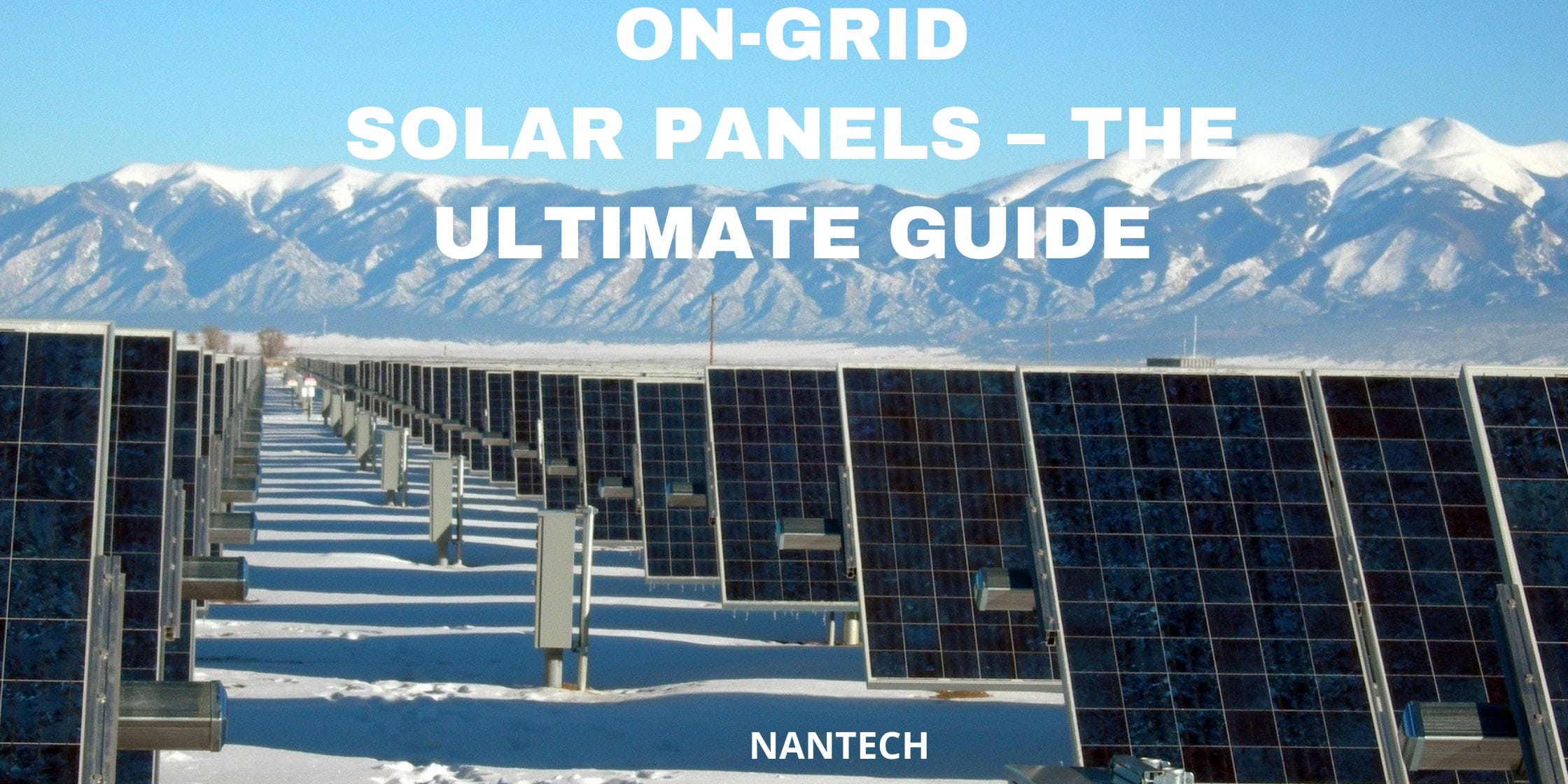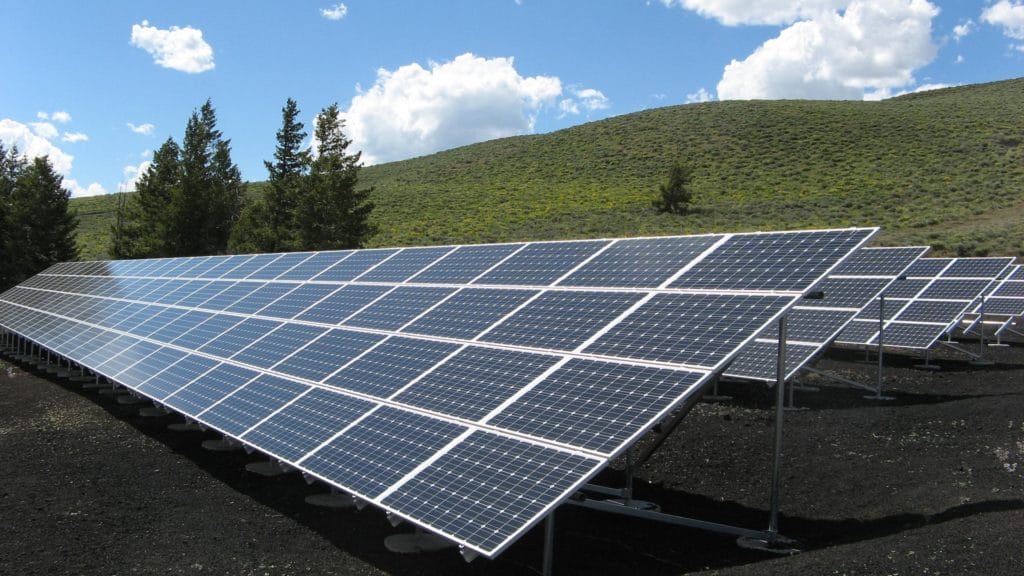- Home
- About us
- Products
- Dealer Enquiry
- Contact Us
- 044 -2486 1994
- +91 99623 98222
- sales@nantech.in
- REQUEST A QUOTE

A recent project Mahindra world City is going to be Chennai’s first place, based on environment-friendly principles. It is based on Zero Waste to Landfill Certification which means it is diverting industry waste away from landfills. This leads to a decrease of 115 tonnes of CO2 emissions every month. There are many other ways to minimize environmental damage.This includes investments on more solar, hydro and wind power.
When it comes to Solar power systems, they are divided into three types. On-Grid, Off-Grid, and Hybrid Systems. Nantech has got you covered for in-detailed information about On-Grid Solar System.
On-grid solar power is a system where the generation system is connected directly to the utility grid. The electricity produced through solar systems is routed to the primary utility grid from where the electricity is run through a house and further used for appliances.
These are also known as a grid-tie or grid-feed solar system. On-Grid solar systems are one of the most widely used solar power systems. With new technological advancements, people have started to rely on solar systems, and On-Grid being the most in-demand.
Working of the system
The system works in two ways.
These features make the On-Grid system highly useful and affordable. The solar panels installed on the user's home are tied to the Grid. The panels convert sunlight into direct electricity, also known as Direct Current DC). This current is then stored in a solar inverter. The Solar Inverters then convert Direct Current to an Alternating Current. Alternating Current (AC) makes the power accessible and ready to use for electrical items. The electricity is routed to the utility grid, where it is supplied for day to day use.

The grid tier inverted additionally regulated the amount of voltage of electricity used for the household requirements since all the collected power is mostly much more than household usage, needs, and is usually higher than it can handle. One of the essential features is the net meter. It is a device that records and measures the energy supplied to the Grid and the energy consumed.
At the end of every month, an outstanding is recorded, and a bill is provided for the electricity consumed. A solar meter is also used to measure the power generated. The converted energy is stored and then used by homes through the main electricity distribution panel. Battery Backup is not a requirement.
Solar power systems are the future of clean, reliable, and renewable power solutions. Setting up a Solar System is valuable for the environment and humanity themselves. Thus, moving forward towards the future with Solar energy is one of the decisions for us.
Off-grid Solar Plants – ON!
Solar Energy- A Natural & Unending Resource
Fun Facts About Solar Energy And Inverters
Detailed Guide On Solar Inverters
A Closer Look at Solar Inverter vs Normal Inverter
Replace a UPS Battery or Buy a New UPS System?
A Closer Look at Solar Inverter vs Normal Inverter